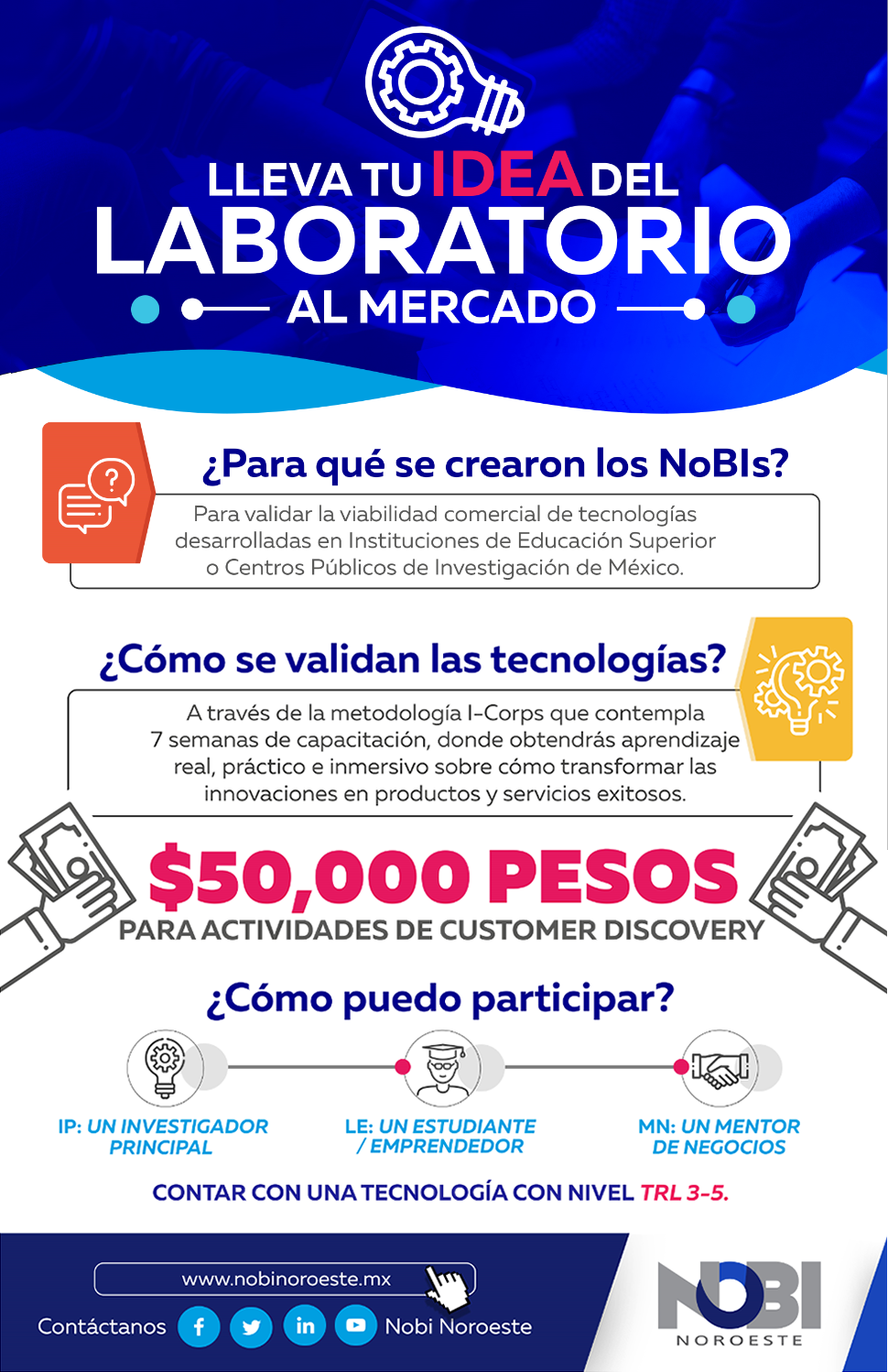The industries of the future combine knowledge, innovation, entrepreneurship and monetary investment for the development of technologies that are 21st century’s trends. According with the National Institute of the Entrepreneur, among the industries of the future, these are outstanding: education in the cloud and data storage, clean energy, sustainable dwelling and home automation, mobile apps and cyber-security, artificial intelligence, personalized science and medicine, autonomous cars, private space voyage, tourism, robotics and nanotechnology. This last is expected to be the one to take us to a second industrial revolution this century, as announced by Charles Vest, ex-president of the Massachusetts Institute of Technology.
Nanotechnology is a combination of techniques used to manipulate and apply functional materials, devices and systems through a nanoscale control of the matter. Greek prefix ‘nano-‘ indicates a measurement, not an object; this is, only speaks of a scale (10-9). There are three generations: first, incorporates a new attribute in a pre-established product; second, interacts with the product; third, it is about a systems interaction.
In order to conceive this industry’s potential, we should notice that physical and chemical properties of the matter area modified at nanometric scale, which is due to quantic effects. Electrical conductivity, heat, resistivity, elasticity, reactivity, among other properties, behave in a different way in the same elements at a bigger scale. It is important to know that a nanometre equates to the billionth part of a given unit of measurement. If, for example, we take metre as unit of measurement, we have that: a white paper sheet is 100 000 nanometres wide; a red blood cell, 1000; an haemoglobin molecule, 10; one of C vitamin, 1; an atom, 0.1.
On December 29th of 1959, Nobel Prize in Physics Richard Feynman, was the first one to make reference nanoscience and nanotechnology possibilities, during his famous speech at the California Institute of Technology, and thus won the Nanoscience Father title. And it should be pointed out that nanotechnology’s main characteristic is that it constitutes an interdisciplinary assemble of various fields within natural sciences, such as: chemistry and biochemistry, physics and biology, electronics and informatics; hence, it is a convergent technology.
What some years ago was considered as an emergent industry, little by little has been achieving great advances and nowadays is having a massive growth, that is used in applications related to environmental activities, energy sector, medicine, electronics, space exploration, building sector, agriculture, cosmetics, among others.
One of the more promising aspects of this industry is its application in medicine, better known as nanomedicine, which works in diseases cure at a cellular or molecular level inside the body: tissue repair, control of diseases’ evolution, preventive healthcare and medicine supply to cells. Thus, diabetic patients could receive insulin encapsulated in artificial cells that expel it when glucose rise in blood.
Having said that, nanotechnology research and development, also known as the fourth technological revolution, is the key to solve problems in developed countries like United States, China or Japan; in contrast, Mexico has been left behind in this industry. According to Jesús González, ex-president of the Nuevo León’s nanotechnology cluster: «There are 977 enterprises dedicated to nanotechnology in United States, meanwhile Mexico really has few. We have found barely 3 dedicated to nanoparticles».
If our country eventually gets into this select group of nations that stand out in nanotechnology, it could benefit from the promising future forecasts for this industry in areas like construction, monitoring and plagues control, remediation for air pollution, food processing, storage, energy production and conversion, diseases screening and diagnosis, drugs supply systems and improvements to agricultural productivity, uses that are in research phase at exclusive organisms like the Belgorod State University’s Nanomaterials and Nanotechnology Centre in Russia.
Written by Alfredo Careaga (Communication and Diffusion, PIT-UAS), translated by Belem Ruiz (Edition and Communication, PIT-UAS).



 Parque Científico Tecnológico, Universidad Autónoma de Sinaloa © 2015
Parque Científico Tecnológico, Universidad Autónoma de Sinaloa © 2015